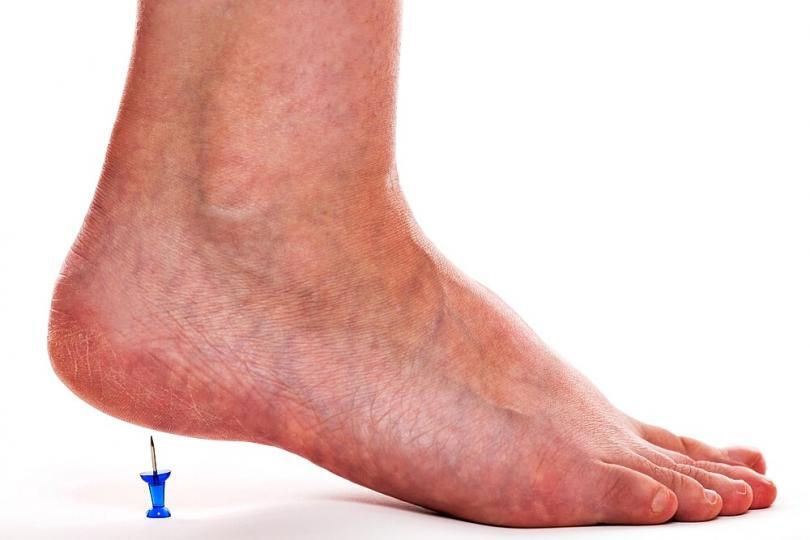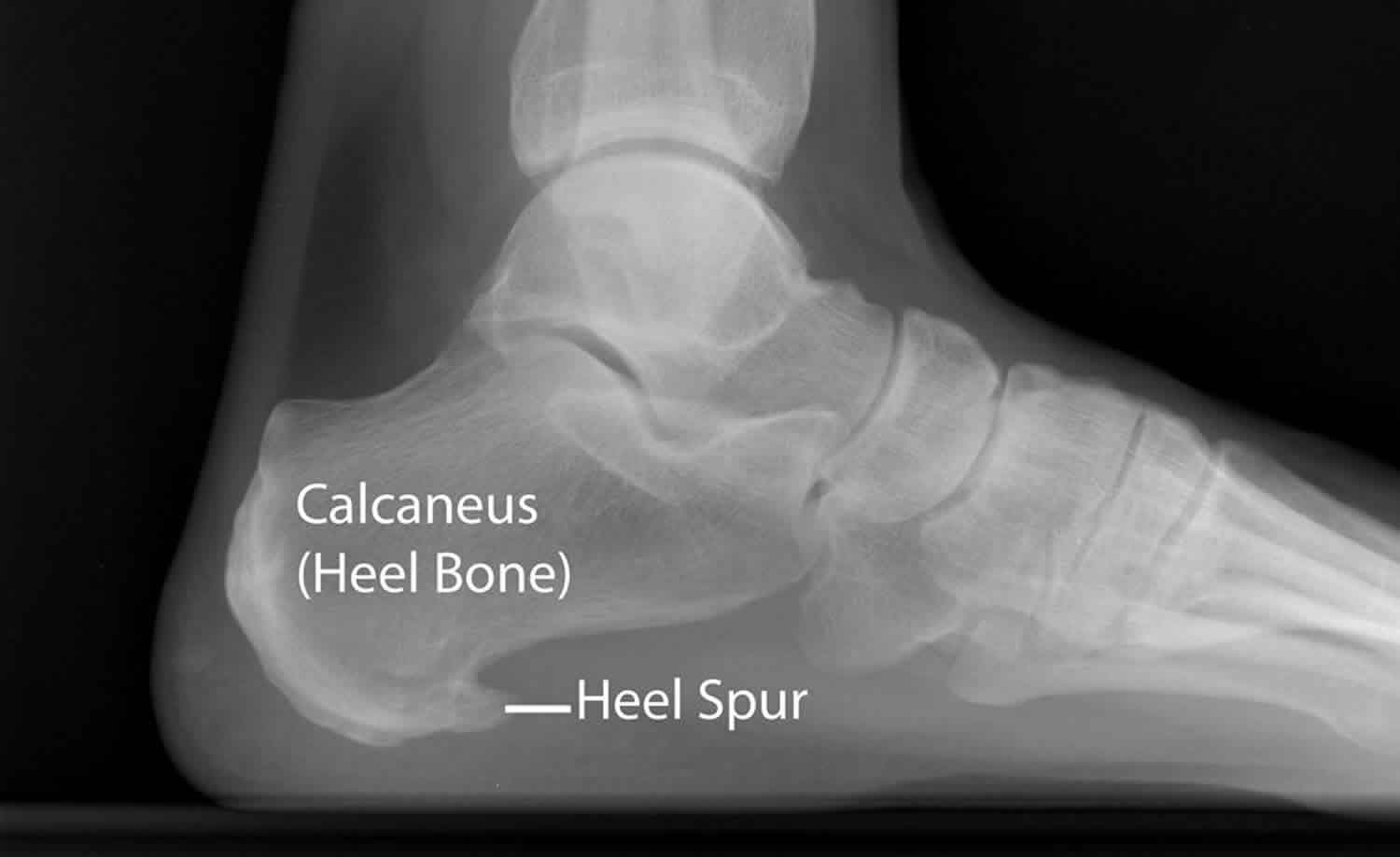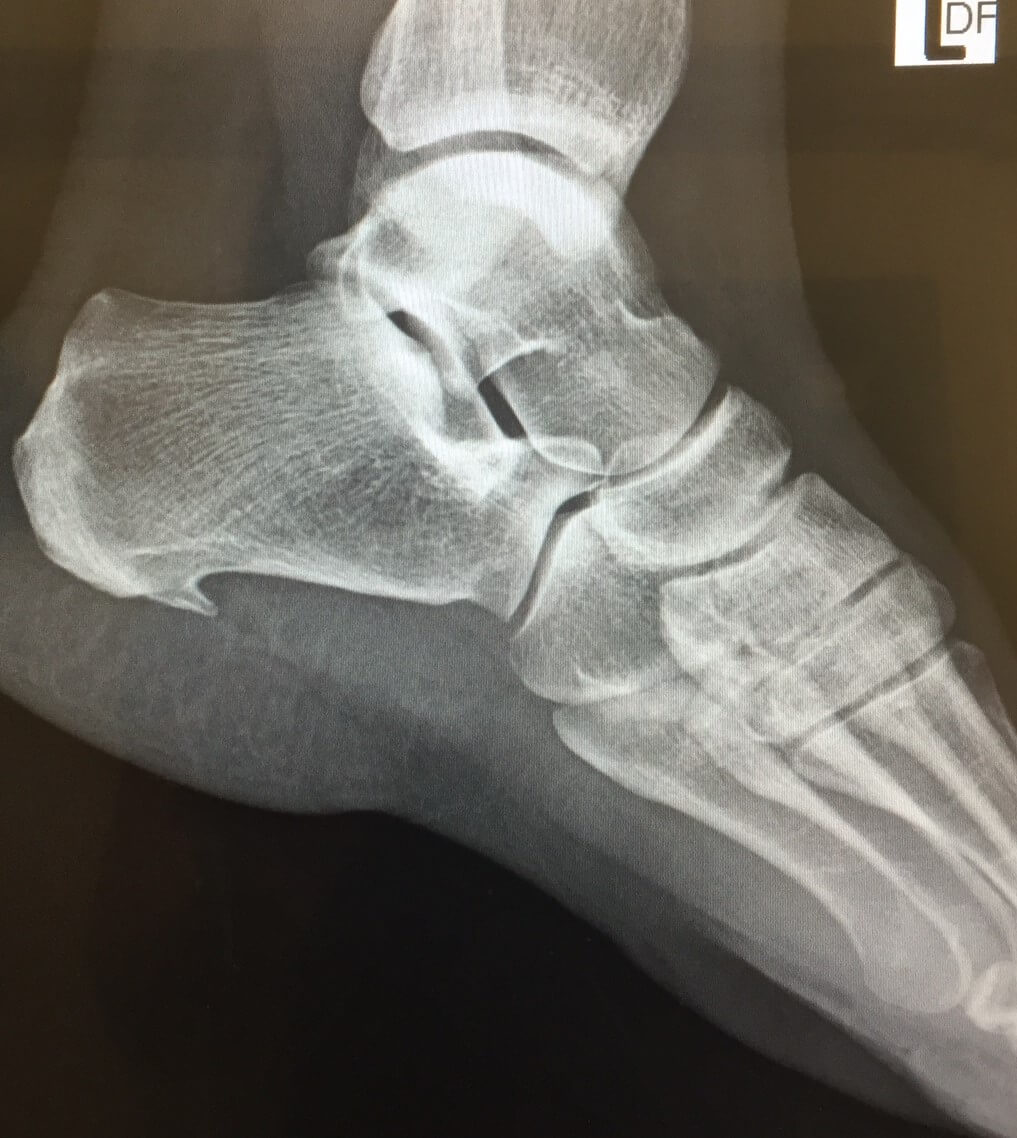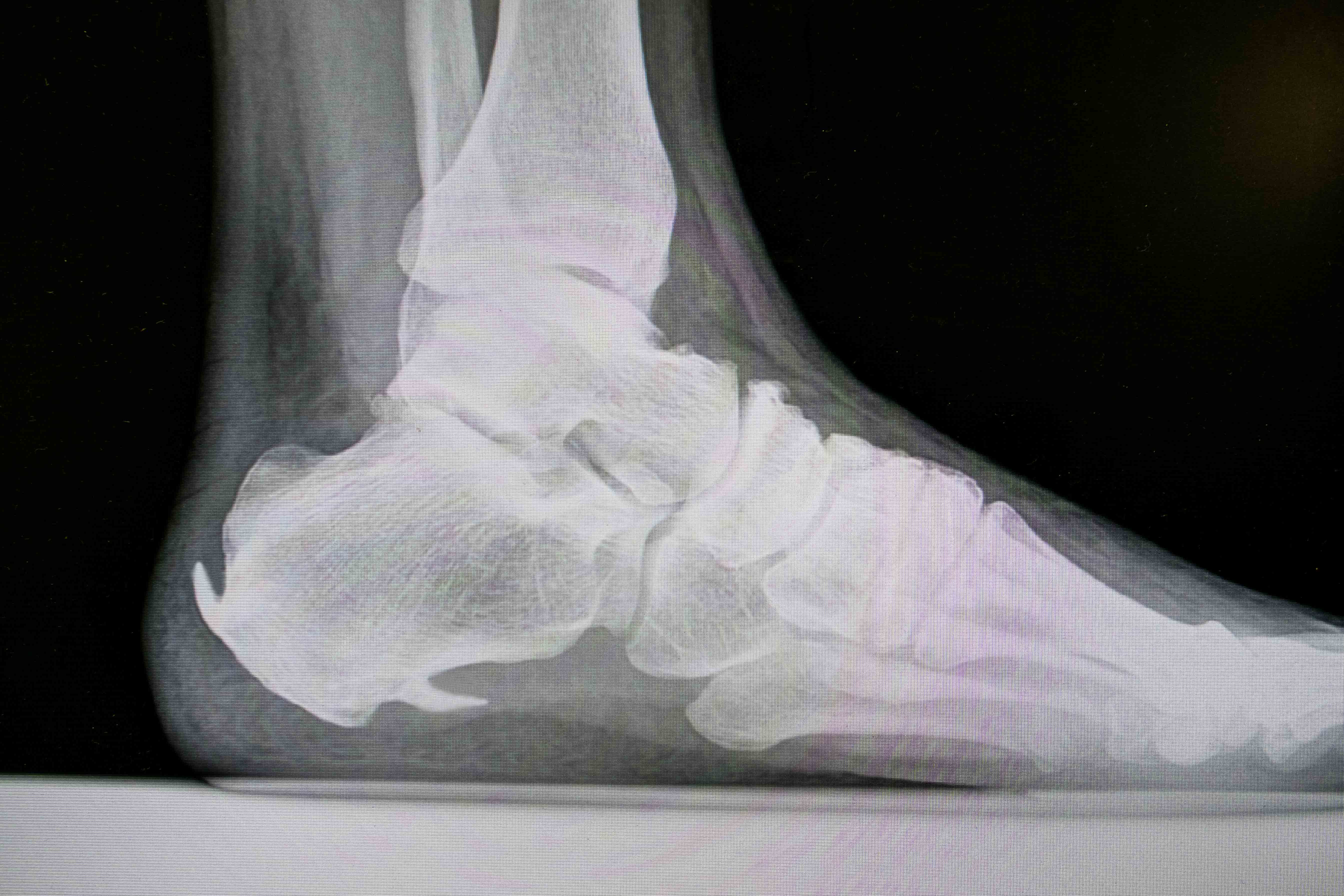Awesome Tips About How To Heal A Bone Spur

7 heel spur treatments and home remedies 1.
How to heal a bone spur. How do bone spurs form? Headaches numbness or tingling that may extend to your arms and hands muscle spasms that may radiate to your shoulders stiffness and reduced range of motion. Since a bone spur will not go away on its own, options to relieve bothersome pain.
This can lead to shoulder tendinitis and can even tear the rotator cuff. Your healthcare professional gives you a physical exam. The feet, hands, knees and spine often develop bone spurs.
Bone spurs can rub against the rotator cuff, which controls shoulder movement. They form when a joint or bone has been damaged by arthritis, but do not always. If there isn’t enough cartilage around the knee joint, the bones of the knee get irritated and inflamed from increased pressure and.
There are several ways to treat bones spurs. Since heel bone spurs are not the cause of plantar fasciitis, plantar fasciitis pain can be. Treatment exercises takeaway bone spurs (also called osteophytes) consist of excess bone growth around your joints, and are common in older adults.
By mayo clinic staff. While complications are rare, the potential risks of neck bone spur removal surgery include: Spine hips knees feet (heels) most bone spurs don't cause problems.
Treatments can include medication, physical therapy and rest. Factors that contribute to bone spurs include aging, heredity, injuries, poor nutrition and poor posture. The treatment that's right for you depends on how severe your symptoms are.
Your doctor or another member of your healthcare team might feel around your joint to. Osteophytes (bone spurs) are bony lumps that grow on the bones in the spine or around joints. Bone spurs can form as the body responds to an abnormality around a joint.
A bone spur (osteophyte) is a tiny pointed outgrowth of bone. Most experts recommend starting with. Treatment frequently asked questions a heel spur (also known as a calcaneal spur) is a bony outgrowth that you can sometimes see and feel on the.
A healthy lifestyle can delay symptoms like pain, stiffness and limited motion. A heel spur or bone spur is a bony growth that pokes out from the bottom of your heel, where your heel bone connects to the ligament running between your heel and the ball. But if they rub against other bones or press on nerves, you might experience pain and stiffness.
Bone spurs are usually caused by local inflammation, such as from degenerative arthritis (. The most common cause is osteoarthritis, a degenerative disease in. Cold therapy can help to relieve inflamed heel tissue.


![What are Heel Spurs? [Infographic]](https://www.findatopdoc.com/var/fatd/storage/images/_aliases/infographic_main/top-videos-and-slideshows/heel-spurs/437437-1-eng-US/Heel-Spurs.jpg)















